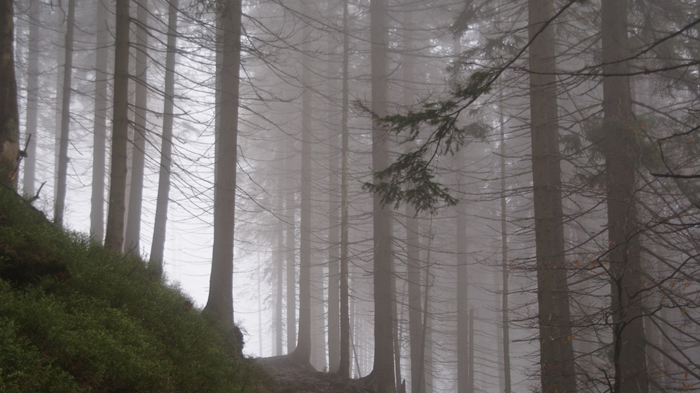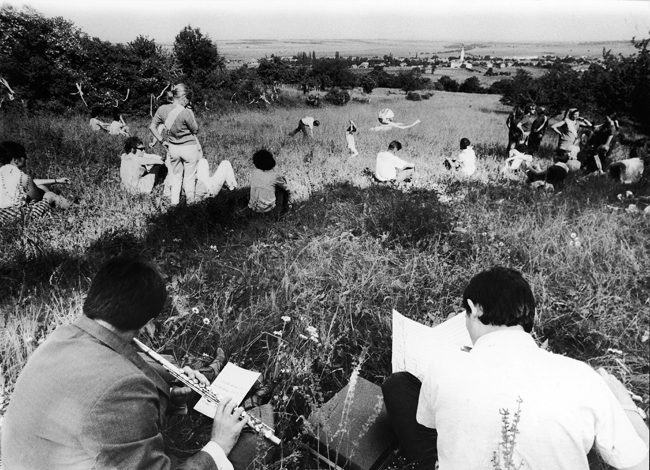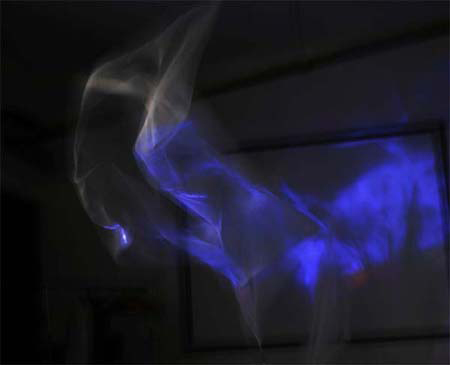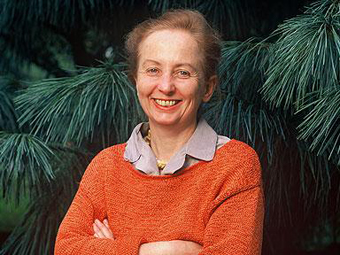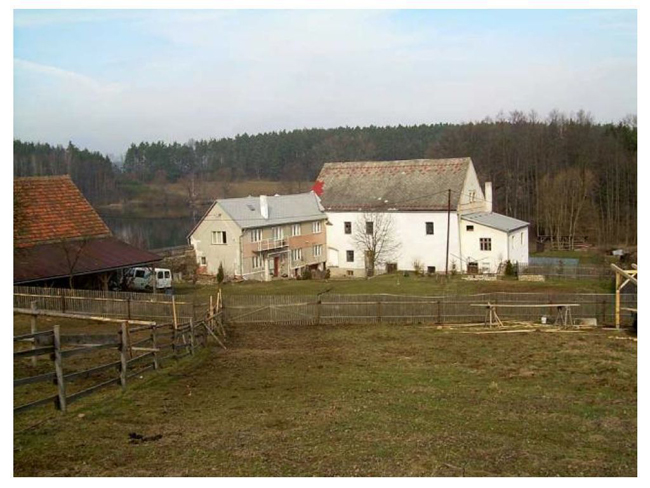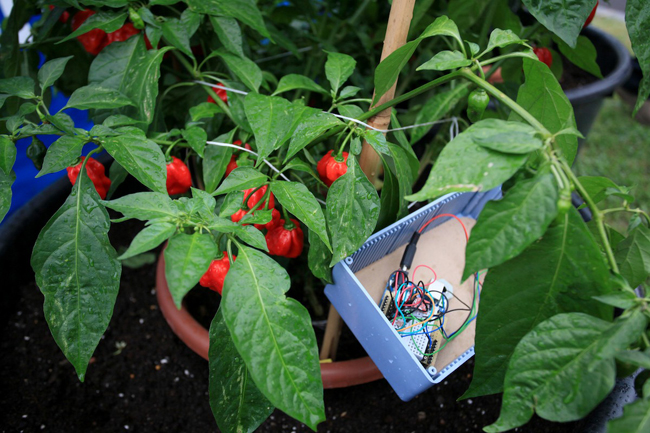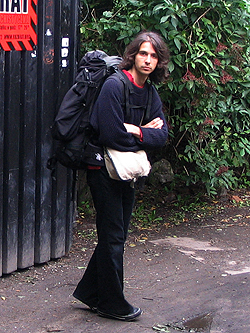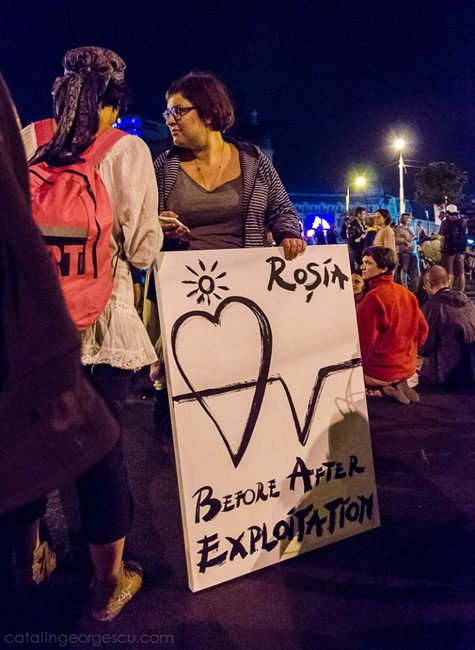Special Issue: Art and the Environment in East-Central Europe Introduction
Art and the Environment in East-Central Europe is an editorial project born from interviews and other forms of interaction with artists and cultural producers concerned, in one way or another, with the idea and the material reality of what goes by the name of the “natural environment.” In the different pieces collected within this project, the term “environment” unfolds into a broad variety of concepts and artistic practices that do not, and should not, become homogenized. A survey rather than a deep investigation, Art and the Environment in East-Central Europe covers a wide range of art and ideas connected to … Read more


